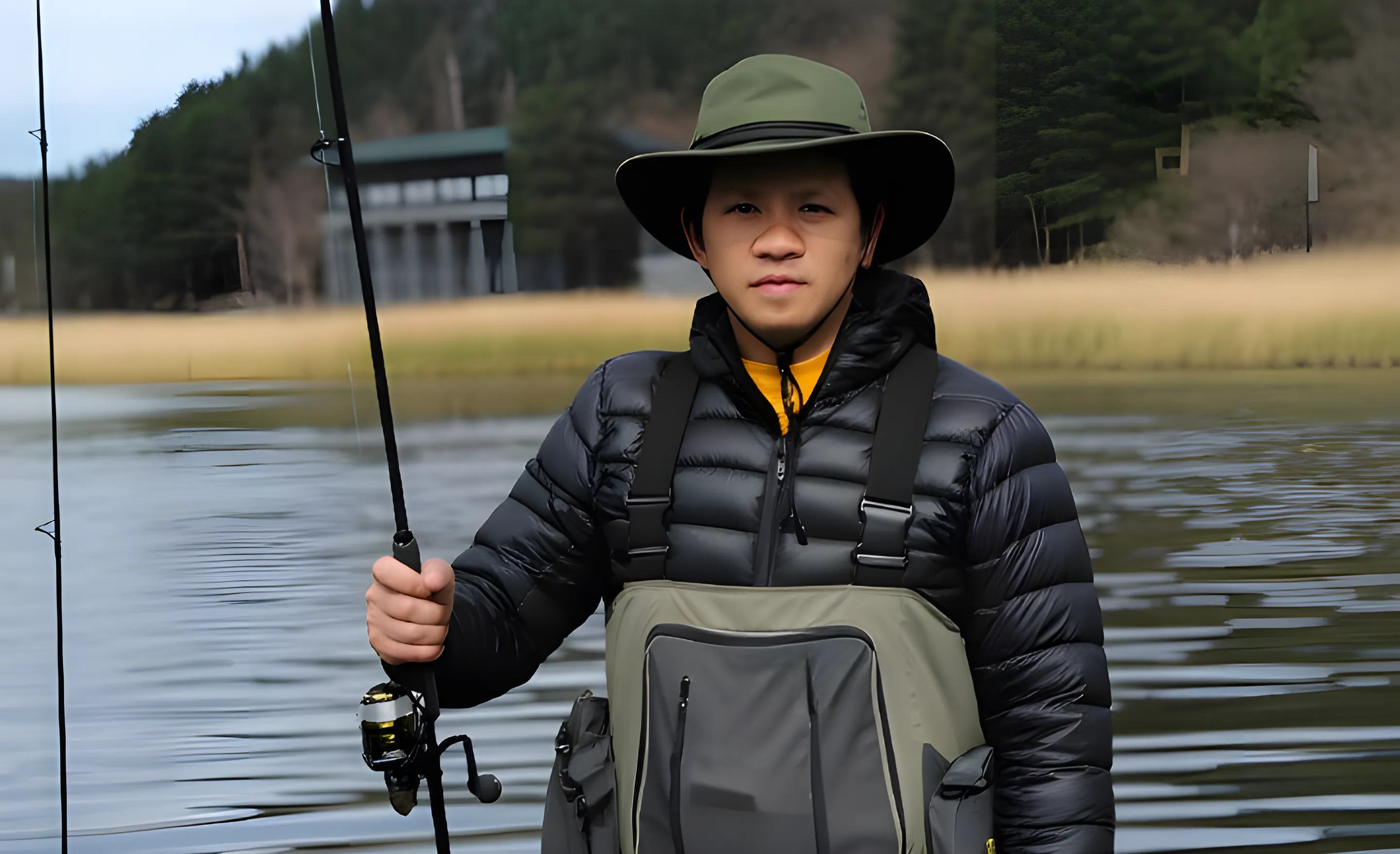The Ultimate Guide to White Bass Fishing: From Spawn to Summer
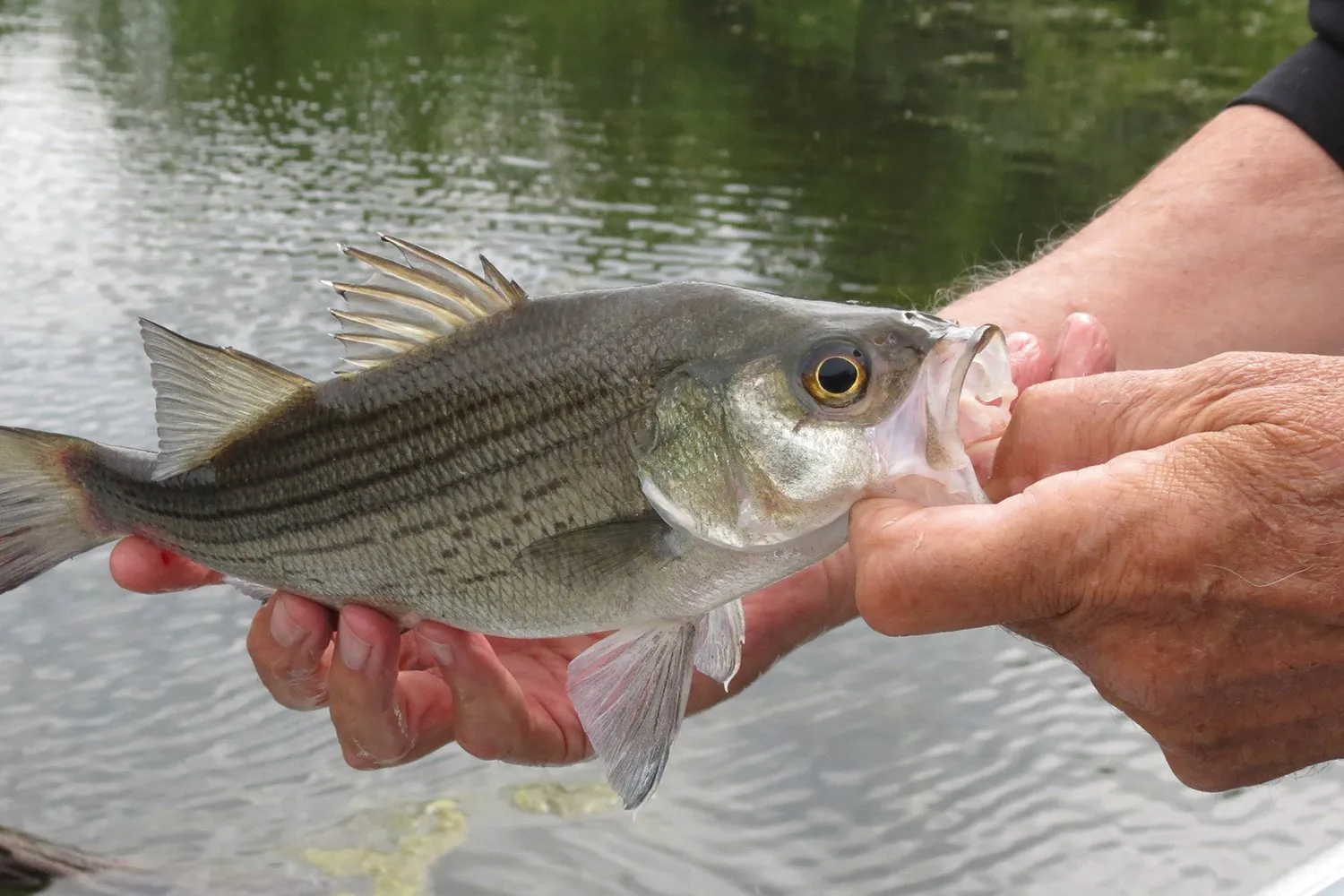
There are few things in freshwater angling as exhilarating as the frantic, non-stop action of a school of feeding fish, and for me, nothing captures that chaos better than white bass fishing. Here at riversiderelics.com, we believe the best advice comes from real-world experience, not just theory. This guide is the culmination of countless hours spent on the water, chasing those silver flashes from the spring river runs to the deep summer ledges. Whether you're looking to experience your first blitz or want to fine-tune your tactics, you’ll find everything you need right here to turn a good day of fishing into an unforgettable adventure.
What Is a White Bass & Why They’re So Thrilling to Catch
When I first got into white bass fishing, I had no idea how much excitement these feisty fish would bring to the water.
White bass, also known as Morone chrysops or "sand bass," are freshwater powerhouses found across North America, especially in the rivers and reservoirs of the Midwest and Southern U.S. While many anglers are familiar with largemouth or smallmouth, white bass offer a completely unique experience compared to the different types of bass.
Though they aren’t the largest species you’ll target, what they lack in size they more than make up for in fight, aggression, and sheer numbers.
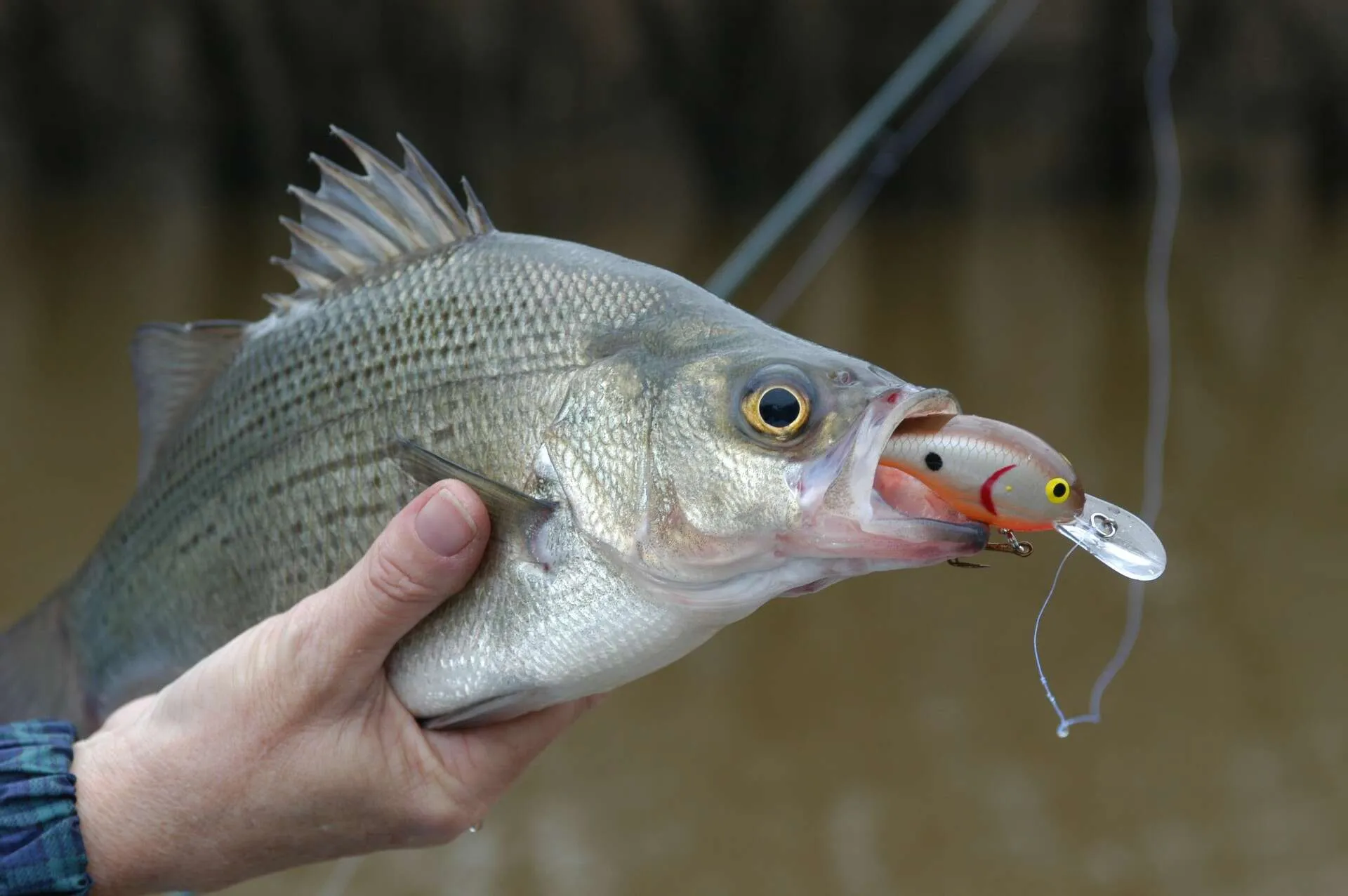
What makes white bass fishing so addictive is their schooling behavior. Once you find one, chances are you're surrounded by dozens more. I’ve had days where I barely had time to cast again before another fish was hooked.
They’re notorious for "blitzing" baitfish near the surface in spring and summer. When you stumble into one of those feeding frenzies, it’s pure adrenaline.
From a biological standpoint, white bass are spring spawners. They migrate up tributaries when water temps hit the 55–65°F (12–18°C) range. That’s your cue to get on the water.
In my experience, the absolute best white bass fishing happens during these early runs. Tossing a small jig, spoon, or inline spinner into current seams or eddies almost guarantees a strike.
They're also a great species for beginners and kids. Whether you're on shore, in a kayak, or in a boat, the steady bites and fast-paced action keep everyone hooked-literally and figuratively.
For me, it’s all about the rush. It’s the pull on the line, the double hookups with friends, and the sound of bait getting hammered just beneath the surface. Believe me, once you experience it, you will be chasing that next school, too.
When & Where: Local and Seasonal Hotspots for White Bass Runs
Timing your trip to match the seasonal runs is the most critical part of white bass fishing.
In my region, which includes parts of the Midwest and southern Great Plains, the best time is early spring. As soon as the water temperature climbs into that magic 55–65°F range, white bass start moving upstream from lakes into feeder rivers and creeks to spawn.
I always keep an eye on local temperature reports from mid-March through early May. Famous runs, like those on Wisconsin's Wolf River or the tributaries of Lake Texoma, are legendary for a reason.
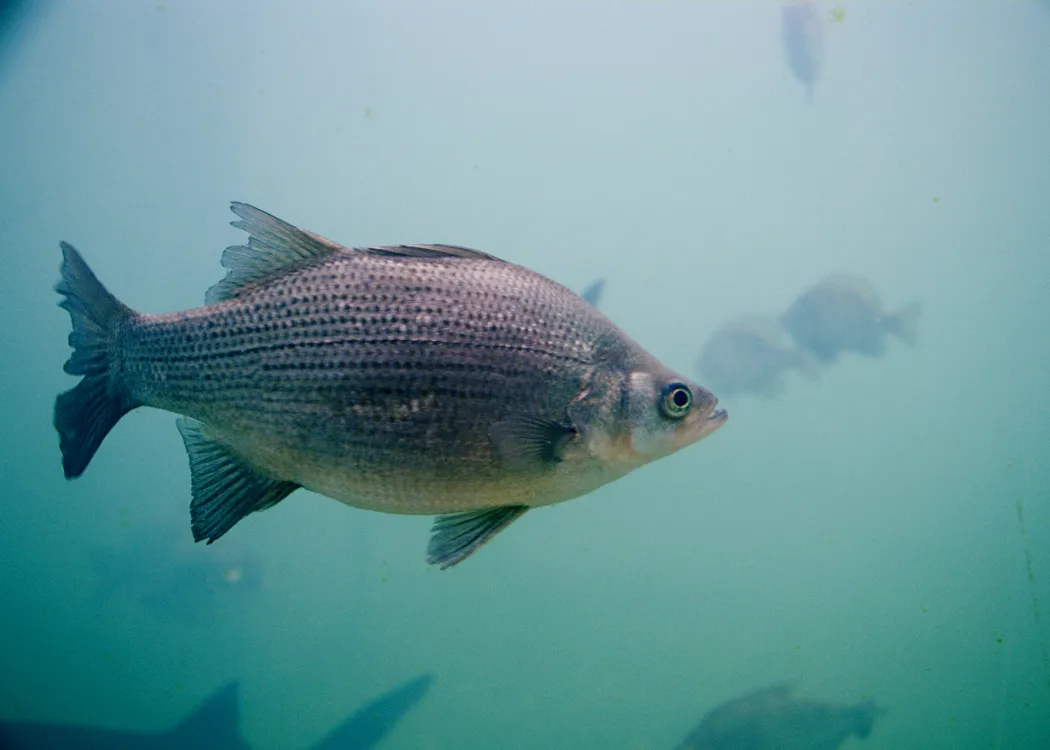
My go-to spots are the mouths of tributaries, rocky shorelines with current, and narrow choke points where fish congregate. If I’m fishing a large reservoir, I’ll follow the fish up into the river arms, especially after a warm rain.
In summer, the action shifts toward main lake structures. That’s when I target deep humps, drop-offs, and submerged points. Using sonar, I look for clouds of baitfish and the distinct arcs of feeding bass below them.
Pro Tip: Don’t overlook windblown shorelines in the evenings. Wind pushes bait into the shallows, and white bass will follow them in for an easy meal as the sun fades. If you see surface splashes or gulls diving, get there fast!
Step‑by‑Step Techniques for Every Stage: Spawn, Post‑Spawn, Deep Water
Successful white bass fishing means adapting your approach. Here’s how I break down the season.
Stage 1: The Spring Spawn Run
This is prime time in creeks and rivers. I use light spinning gear with 6–8 lb test line. Cast small curly tail grubs, inline spinners, or 1/8 oz jigs into current seams and eddies.
Let the lure swing naturally through the strike zone. Most hits come right on the drop or as the lure drifts past rocks. Walk the bank and cover water until you find a school.
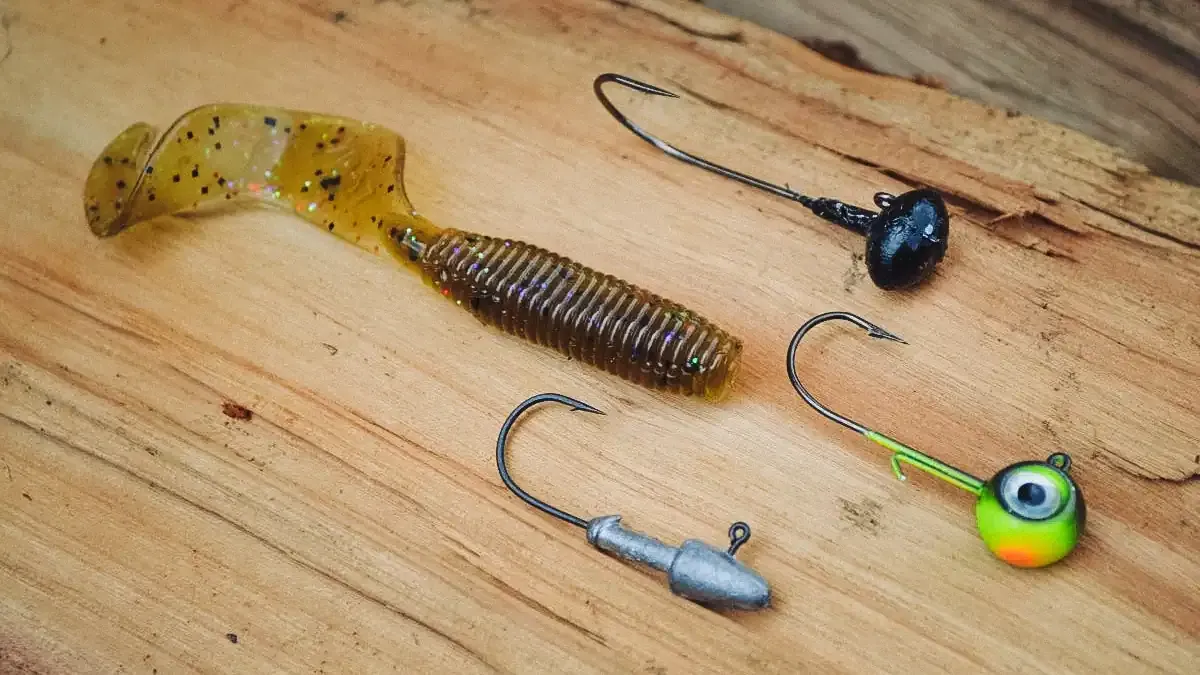
Stage 2: The Post-Spawn Transition
After spawning, fish filter back toward the main lake. This phase is trickier.
Focus on points, secondary creek mouths, and flats adjacent to deep water. I use small crankbaits like the Rapala Shad Rap or bouncing blade baits along drop-offs. These bass are hungry but scattered, so cover water quickly.
Stage 3: Summer Deep Water Schooling
By summer, white bass settle into deeper water, often suspended over humps and channels. This is where electronics are essential.
Scan for schools and drop slab spoons or heavy jigs vertically into them. One of my favorite tricks is the “yo-yo” retrieve: lift the jig fast with your rod tip, let it flutter back down on a semi-slack line, and repeat. That fluttering action triggers aggressive reaction strikes.
Gear, Lures & Line Choices That Drive Success
Your gear setup doesn’t have to be complicated, but it does need to be dialed in.
Rods and Reels: I prefer a 6'6" to 7' medium-light spinning rod with a fast action tip. Pair it with a smooth 2000 or 2500-size spinning reel. This combo gives you sensitivity for light bites and enough backbone to handle a frenzy.
>>> See our full review of the best spinning reels for bass fishing.
Line Selection: For most situations, I spool up with 6–8 lb fluorocarbon. It’s nearly invisible and strong enough for most currents.
For deep water vertical jigging, I switch to 10 lb braided line with a 6 lb fluorocarbon leader. The lack of stretch in braid helps you feel subtle bites and gives you better hooksets in 20+ feet of water.
Must-Have Lures: The MVPs of white bass fishing are small, flashy, and fast-moving. While there are countless options on the market, the best white bass fishing lures all share these key characteristics and are essential for a successful day on the water.
- Spring: 1/8 to 1/4 oz curly tail jigs and inline spinners.
- Post-Spawn: Small crankbaits and blade baits.
- Summer: Slab spoons and jigging spoons for vertical fishing.
Always keep a handful of different colored soft plastics. Sometimes, just swapping from white to chartreuse is all it takes to trigger a bite.
Quick-Reference Gear Table
| Season | Rod | Reel Size | Line | Top Lures |
| Spring Run | 6'6" ML Spinning | 2000-2500 | 6-8 lb Fluoro | 1/8oz Jigs, Inline Spinners |
| Summer Deep | 7' M Spinning | 2500 | 10 lb Braid + Leader | Slab Spoons, Heavy Jigs |
| All-Around | 6'6" - 7' ML | 2500 | 8 lb Fluoro | Small Crankbaits, Spoons |
How to Use Electronics & Structure‑Finding Tools
When I learned to properly use a fish finder, everything changed. It takes the guesswork out of locating active schools, especially in vast open water.
A basic sonar unit with Down Imaging is a game-changer. I scan main lake points, creek mouths, and mid-lake humps, looking for two things: clouds of baitfish and the thicker arcs of feeding white bass.
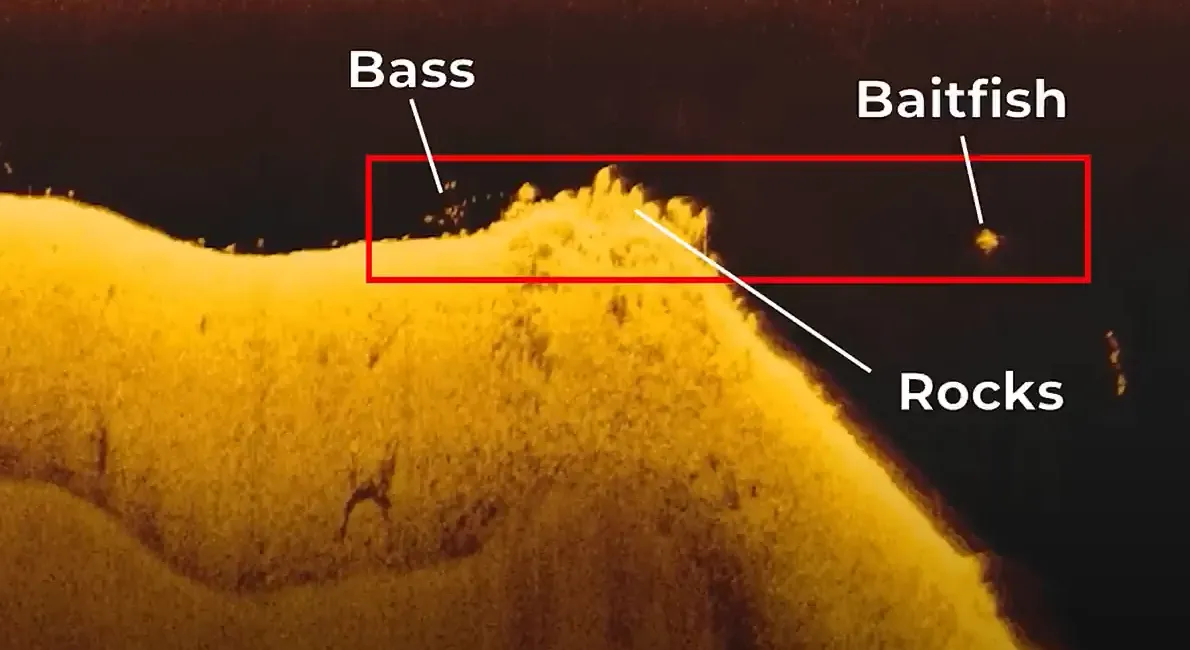
Side Imaging is incredibly helpful when fish are scattered. I use it to sweep wide areas along drop-offs or flats. It’s the fastest way to find roaming schools.
GPS mapping is just as critical. I mark productive spots with waypoints, adding notes about the season and conditions. That historical data is priceless.
Pro Tip: Turn off the "fish symbols" on your sonar and learn to read the raw returns (the arcs and lines). You’ll develop a much better understanding of fish size, bait density, and what's really happening below your boat.
Common Mistakes, Cooking & Conservation Tips
Over the years, I’ve made every mistake in the book. Here are a few to avoid.
Common Fishing Mistakes
1. Fishing Too Shallow All Day: In spring, bass may be shallow at dawn, but they often move to deeper current breaks as the sun gets high. If the bite dies, change your depth before you change your spot.
2. Using Gear That’s Too Heavy: Using an oversized rod or thick line reduces sensitivity and can spook fish. Stick with a light setup for the best presentation and the most fun.
How to Cook White Bass
White bass are excellent to eat if handled properly. The key is to bleed them immediately and get them on ice.
When you fillet them, be sure to remove the dark red lateral line. This strip of meat can have a strong, "fishy" flavor. The pure white meat that remains is firm, flaky, and delicious fried or blackened.
Conservation
White bass are prolific, but they can be overharvested during their spring runs. They are easy to catch in huge numbers when concentrated in rivers.
Always check local regulations on size and bag limits. Practice selective harvest by taking only what you plan to eat and releasing the rest to ensure this incredible fishery thrives for generations to come.
Conclusion
From the adrenaline of a spring feeding frenzy to the satisfaction of marking a deep-water school on your sonar, the journey of white bass fishing is one of constant learning and thrilling adaptation. It’s about more than just the right lure or the perfect cast; it’s about understanding the rhythm of the water and the relentless spirit of this incredible fish. I hope the lessons and experiences shared in this guide help you create your own memories on the water. Now, take these tips, trust your instincts, and get out there. The next school is waiting. Tight lines!
Aviv Nguyen is a passionate fisherman who loves sharing stories and tips from his fishing adventures. Whether it’s freshwater or sea, he finds joy in every cast and aims to inspire others to enjoy the great outdoors through fishing.
Share This Post With Friends

